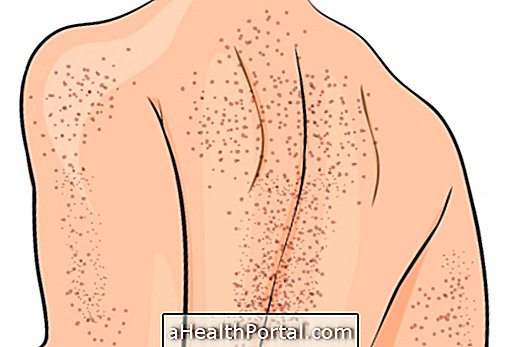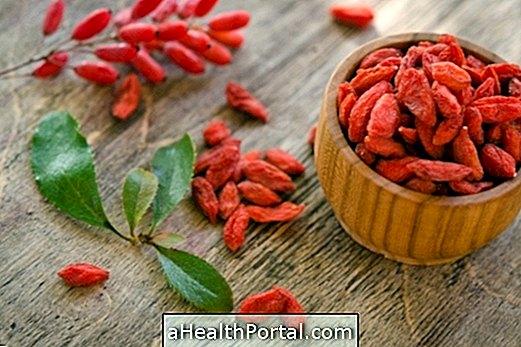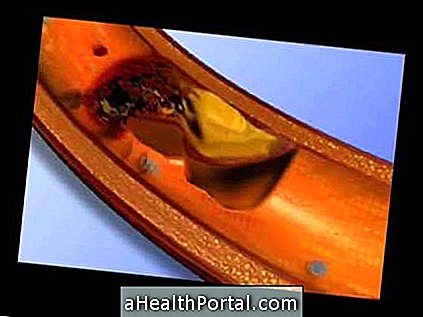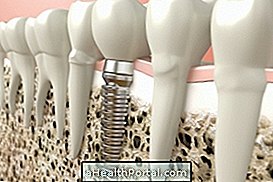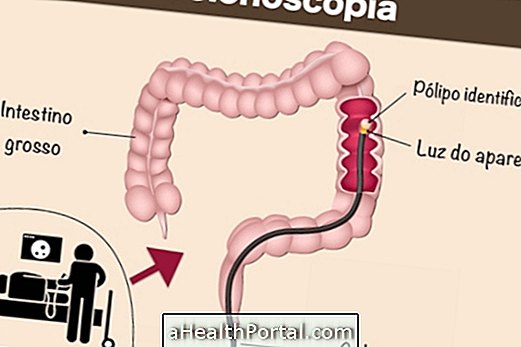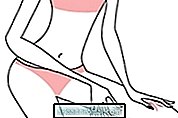Cystic hygroma, also called lymphangioma, is a rare disease characterized by the formation of a benign cystic tumor that occurs due to poor formation of the lymphatic system during pregnancy or during adulthood, whose causes are not yet known fully enlightened.
Usually your treatment is done using a technique called sclerotherapy, where a drug is introduced into the cyst that leads to its disappearance, but surgery may be indicated depending on the severity of the condition.
Diagnosis of cystic hygroma
Diagnosis of cystic hygroma in adults can be done by observation and palpation of the cyst, but the doctor may order tests such as x-rays, tomography, ultrasound, or magnetic resonance imaging to check the cyst composition.
The diagnosis of cystic hygroma during pregnancy occurs through an examination called nuchal translucency. In this examination the doctor can identify the presence of the tumor in the fetus and thus alert the parents to the need for treatment after their birth.
Symptoms of cystic hygroma
Symptoms of cystic hygroma vary depending on its location.
When it first emerges in adulthood, the symptoms of the hygroma begin to be noticed when the individual notices a hard ball anywhere in the body, which may increase in size gradually or rapidly, causing pain and difficulty in moving .
Generally the neck and armpit region are most affected in the adult, but the cyst can arise anywhere in the body.
Treatment for cystic hygroma
Treatment for cystic hygroma is done with the use of sclerotherapy and tumor puncture. Depending on your location there may be surgical indication, but this is not the best option because of the risk of infection or other complications it may bring.
One of the most indicated medicines for the treatment of cystic hygroma is OK432 (Picibanil), which must be injected into the cyst with the aid of an ultrasound to guide the percutaneous puncture.
If the cyst is not removed the fluid it contains can infect and make the situation more dangerous, so it is important to perform a treatment for removal of the hygroma as soon as possible, however the patient should be informed that the tumor may reappear some time after.
There may sometimes be a need to perform some physical therapy sessions after removal of the cyst to decrease pain and facilitate movement of the affected joint, if any.
Useful links:
- Fetal cystic hygroma
- Does cystic hygroma have a cure?
